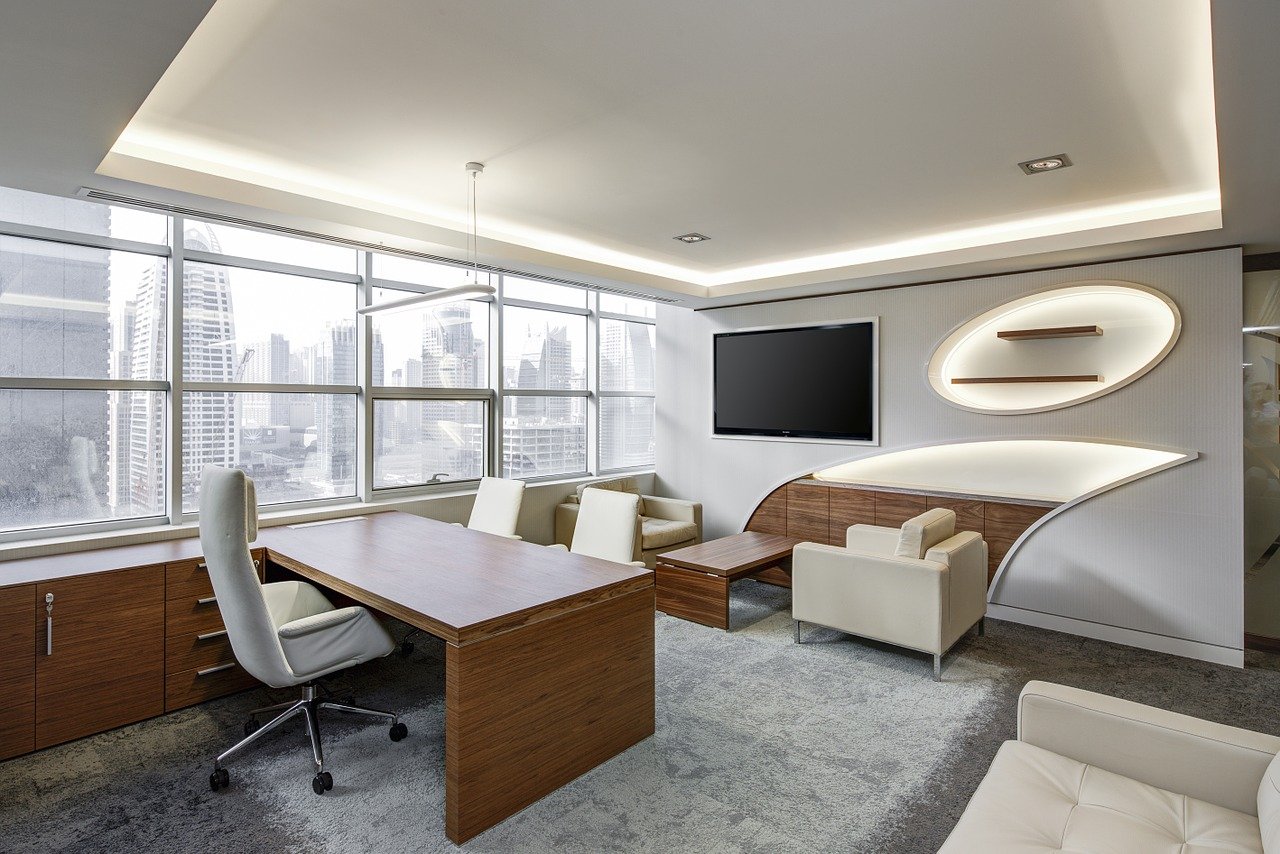
The sun, over time, has an impact on us all. But its damage on interior furnishings can be particularly frustrating. If you are a business and want to make a great first impression, faded furnishings are the last thing you need. There is a simple and affordable upgrade in assessing your building’s windows that everyone should implement to stop interior furnishings from fading, but few know about.
What causes fading?
Fading is caused by three primary factors: heat, light, and UV rays. Whether you want to protect your favorite sofa, silk draperies, or that coveted chair, blocking the sun prevents fading in your office, lobby, or commercial building. The good news is that solar window film blocks up to 99% of the UV rays from transmitting through your windows or glass doors. But that isn’t necessarily enough when it comes to assessing “potential to fade.” No two window films are exactly the same. How do you know which option will best meet your needs? First, you need to adequately assess the issue.
Formerly, sunlight conveyance was tested via the TUV (Total Ultraviolet Transmittance) measurement. This process only evaluated UV rays, and thus, proved insufficient in determining the full extent the solar spectrum has on fading. In fact, UV light alone is responsible for only 40% of fading. Therefore, the TUV analysis, still used by many window manufacturers, is inadequate in fully assessing a window’s protection. It’s the combination of UV, visible light, and heat that are required to access the full potential of fading through glass.
According to the Lawrence Berkeley National Laboratory (LBNL) Windows and Daylighting Group, “Because it (Total Ultraviolet Transmittance) is unweighted by a “detector” function, TUV has no correction for the spectral sensitivity of materials to radiation (fading) damage. It doesn’t even cover the portions of the solar spectral range in which damage is more likely to occur. Hence, the need for a more sophisticated form of measurement regarding windows or window film’s ability to block UV rays, heat, and visible light.
The new analysis
Now, we have an improved procedure to better analyze your current window situation and what you need to bring you up to speed. Implemented by the International Commission on Illumination (CIE), the Damage Weighted Transmittance (Tdw) process determines the various levels of light transferring through any window.
Let’s break down the process. The evaluation assigns a specific Damage Weighted Transmittance to each wavelength of UV or visible light, based on its “contribution to fading.” It is known that the shorter wavelengths (such as UV) cause more fading damage than the longer wavelengths (such as visible). Consequently, the shorter wavelength will have a higher weighted “damage” factor than the longer wavelength. It is the total of these wavelength factors combined that yields the Tdw for a specific solution.
By measuring and weighting each wavelength of the solar spectrum, you have a more detailed perspective of the damaging sunlight your building receives and what exactly you need to protect your interior.
The solution
Both the upgrade and the “new analysis” were necessary to better determine the extent in which current windows and the addition of window films affect fading. Consider using Tdw to determine a truer calculation of fading potential. Tdw can give you full confidence in a particular window solution to fully meet your expectations.
If you currently have single pane, or unprotected double or even triple pane, Tdw can best assess the ways in which you may have opportunity for improvement. From this point, window film specialists will be able to recommend the best fit for you. In doing so, you can sidestep spending money on the wrong film, and take the right steps towards the ideal fade-reducing window film for your building.
If you have questions regarding the impact of solar window film on fading and building energy efficiency, take the next step to schedule a time with our in-house energy engineers, so we can model your building(s) and determine the energy savings and ROI from sun control window film.


